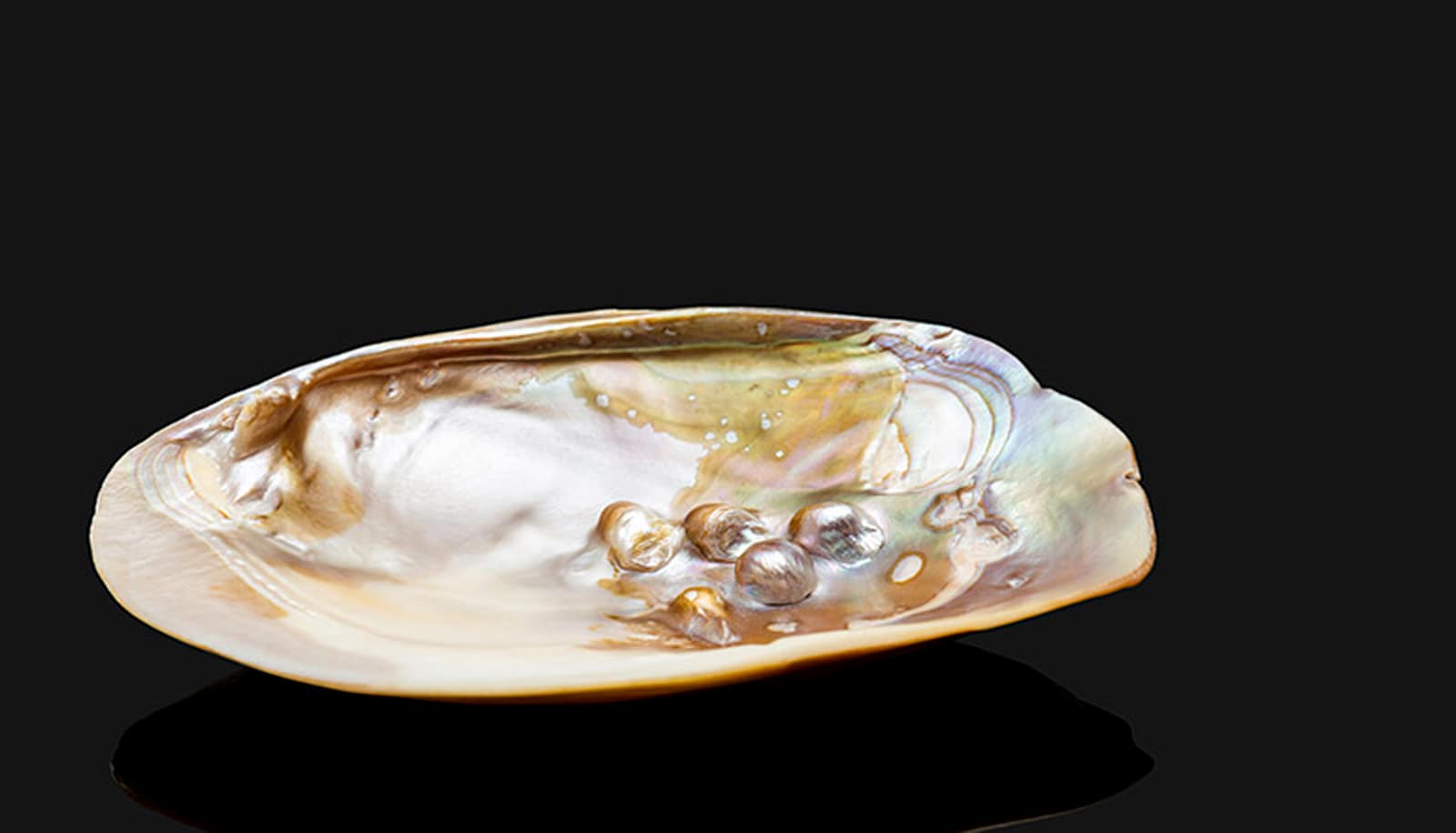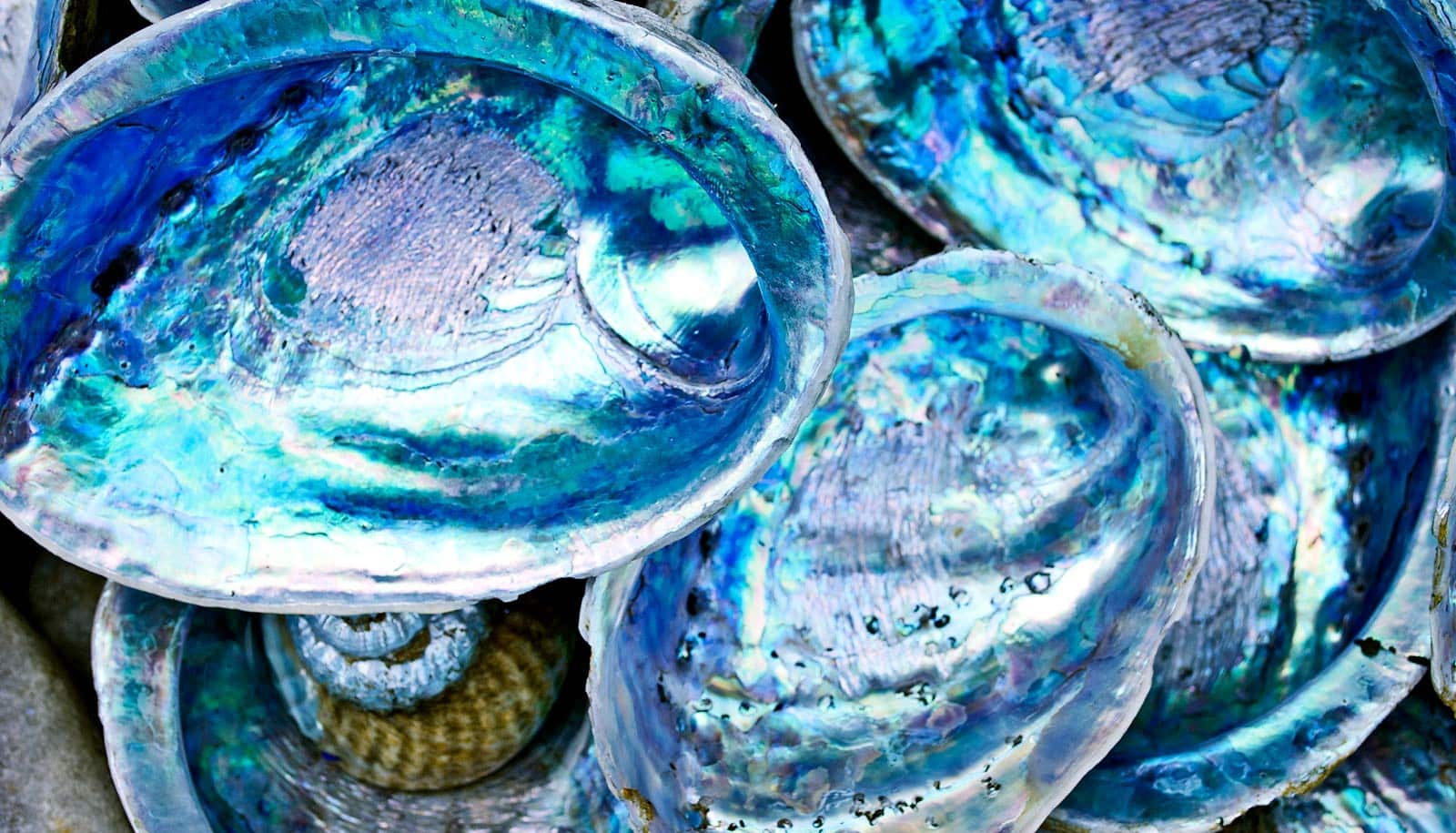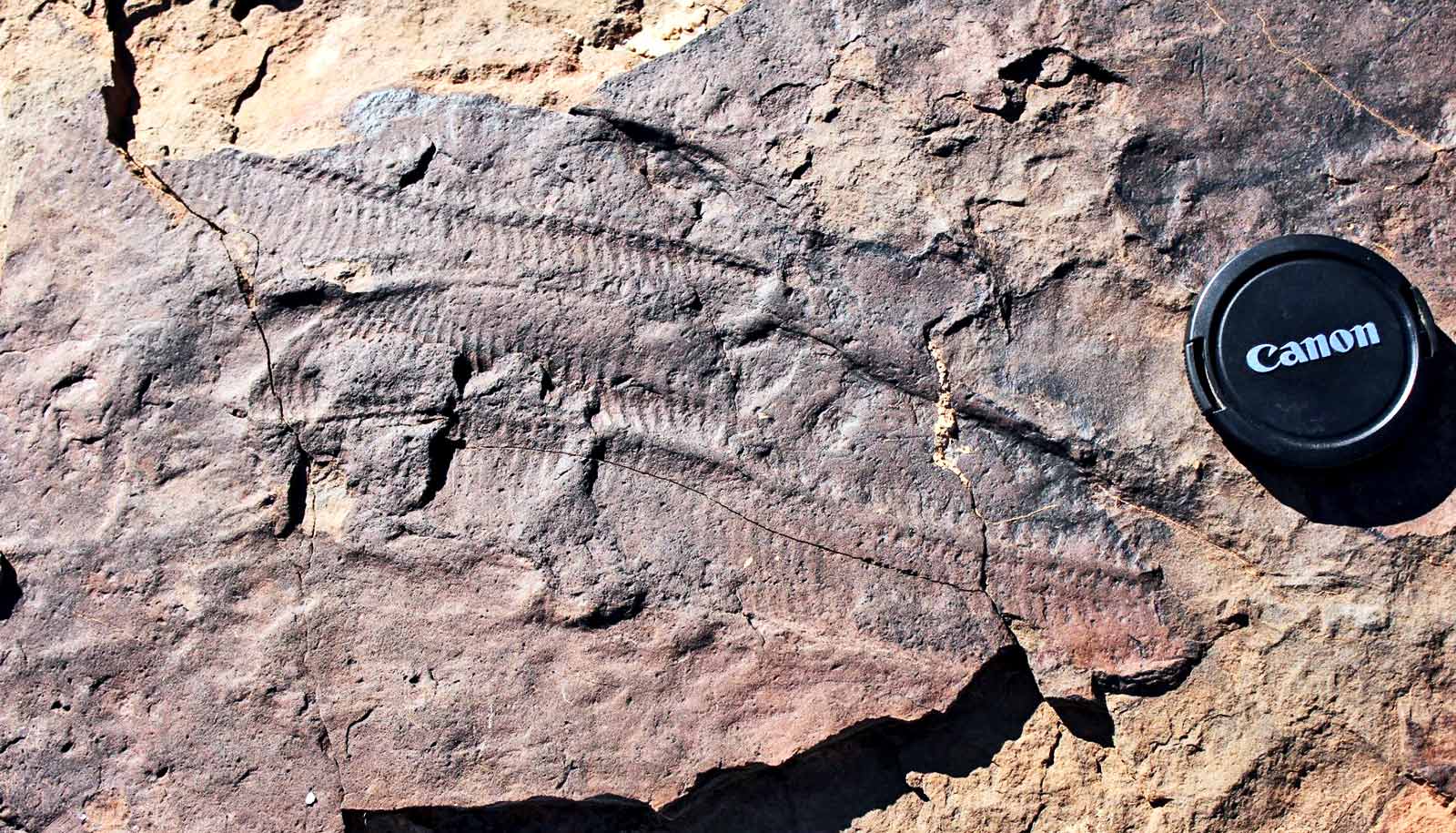Scientists have invented an inexpensive and environmentally friendly method for making artificial nacre—also known as mother-of-pearl— using an innovative component: bacteria.
The artificial nacre, made of biologically produced materials, has the toughness of natural nacre, while also being stiff and, surprisingly, bendable.
The strongest synthetic materials are often those that intentionally mimic nature. Some mollusks produce nacre, which serves as their inner shell layer and also comprises the outer layer of pearls, giving them their lustrous shine.
But while nacre’s unique properties make it an ideal inspiration in the creation of synthetic materials, most previous methods used to produce artificial nacre are complex and energy intensive.
Anne S. Meyer, an associate professor of biology at the University of Rochester created the new method, which could lead to new applications in medicine, engineering—and even constructing buildings on the moon.
The impressive mechanical properties of natural nacre arise from its hierarchical, layered structure, which allows energy to disperse evenly across the material.
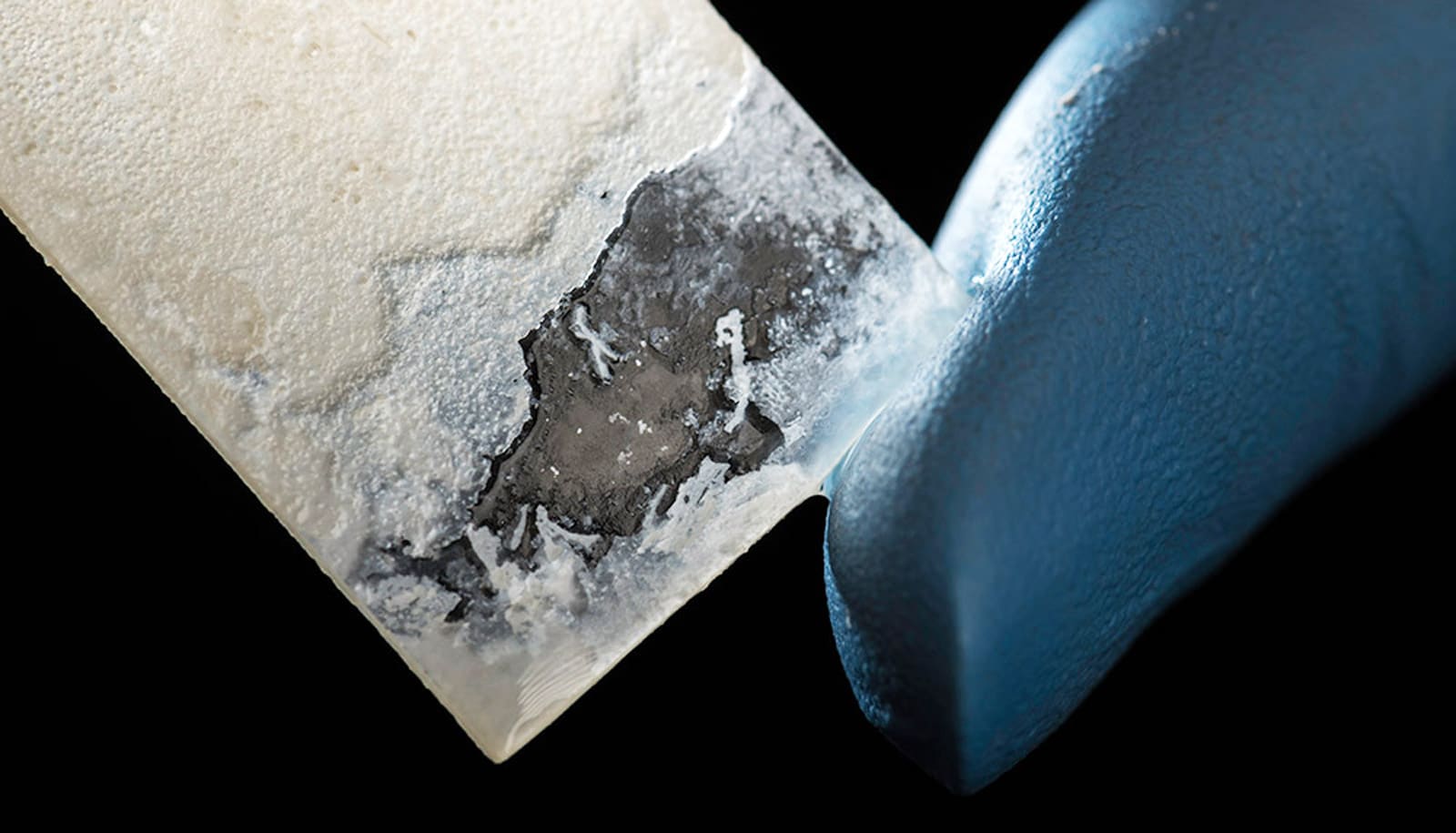
Easy to grow
In a paper published in the journal Small, Meyer and colleagues outline their method of using two strains of bacteria to replicate these layers. When they examined the samples under an electron microscope, the structure bacteria created was layered similarly to nacre mollusks naturally produce.
Although scientists have created synthetically nacre-inspired materials before, the methods used to make them typically involve expensive equipment, extreme temperatures, high-pressure conditions, and toxic chemicals, Meyer says.
“Many people creating artificial nacre use polymer layers that are only soluble in nonaqueous solutions, an organic solvent, and then they have this giant bucket of waste at the end of the procedure that has to be disposed of.”
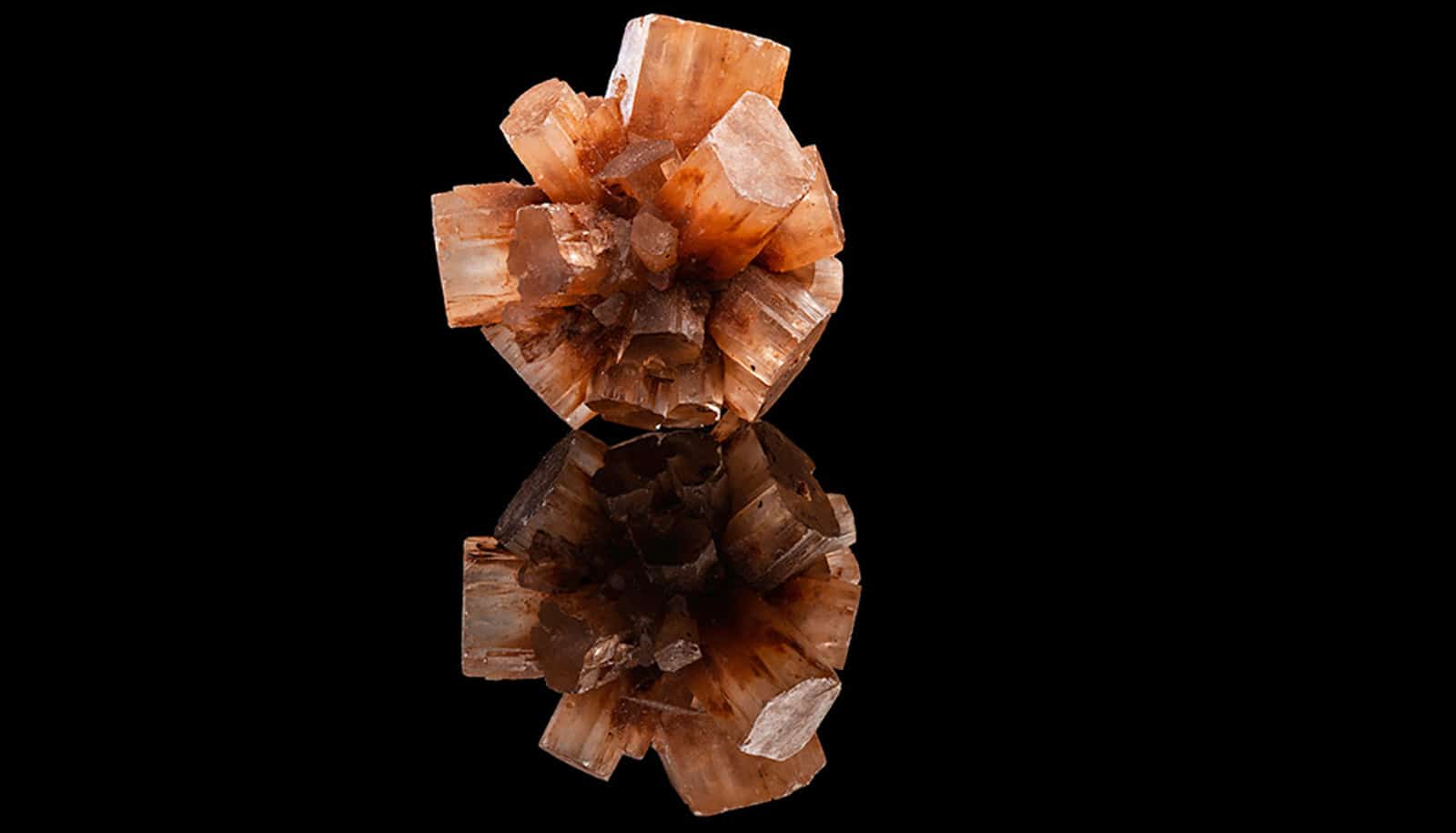
Layer by layer
To produce nacre in Meyer’s lab, however, all researchers have to do is grow bacteria and let it sit in a warm place.
“The moon has a large amount of calcium in the moon dust, so the calcium’s already there.”
To make the artificial nacre, Meyer and her team create alternating thin layers of crystalized calcium carbonate—like cement—and sticky polymer. They first take a glass or plastic slide and place it in a beaker containing the bacteria Sporosarcina pasteurii, a calcium source, and urea (in the human body, urea is the waste product that the kidneys excrete during urination).
This combination triggers the crystallization of calcium carbonate. To make the polymer layer, they place the slide into a solution of the bacteria Bacillus licheniformis, then let the beaker sit in an incubator.
Right now it takes about a day to build up a layer, approximately five micrometers thick, of calcium carbonate and polymer.
Meyer and her team are currently looking at coating other materials like metal with the nacre, and “we’re trying new techniques to make thicker, nacre-like materials faster and that could be the entire material itself,” she says.
Friendly to our bodies
One of the most beneficial characteristics of the nacre produced in Meyer’s lab is that it is biocompatible—made of materials the human body produces or that humans can eat naturally. This makes the nacre ideal for medical applications like artificial bones and implants, Meyer says.
“If you break your arm, for example, you might put in a metal pin that has to be removed with a second surgery after your bone heals. A pin made out of our material would be stiff and tough, but you wouldn’t have to remove it.”
And, while the material is tougher and stiffer than most plastics, it is very lightweight, a quality that is especially valuable for transportation vehicles like airplanes, boats, or rockets, where every extra pound means extra fuel.
Because the production of bacterial nacre doesn’t require any complex instruments, and the nacre coating protects against chemical degradation and weathering, it holds promise for civil engineering applications like crack prevention, protective coatings for erosion control, or for conservation of cultural artifacts. It could also be useful in the food industry as a sustainable packaging material.
Beautiful moon buildings
The nacre might also be an ideal material to build houses on the moon and other planets: the only necessary “ingredients” would be an astronaut and a small tube of bacteria, Meyer says.
“The moon has a large amount of calcium in the moon dust, so the calcium’s already there. The astronaut brings the bacteria, and the astronaut makes the urea, which is the only other thing you need to start making calcium carbonate layers.”
Even beyond its qualities as an ideal structural material, nacre itself—as any pearl jewelry owner knows—is “very beautiful,” Meyer says, owing to its stacked layers. Each stacked layer is approximately the same wavelength as visible light.
When light hits the nacre, “the wavelengths of light interact with these layers of the same height so it bounces back off in the same wavelength as visible light.” While the bacterial nacre does not interact with visible light because the layers are thicker than natural nacre, it could interact with infrared wavelengths and bounce infrared off itself, Meyer says, which “may offer unique optical properties.”
Source: University of Rochester
